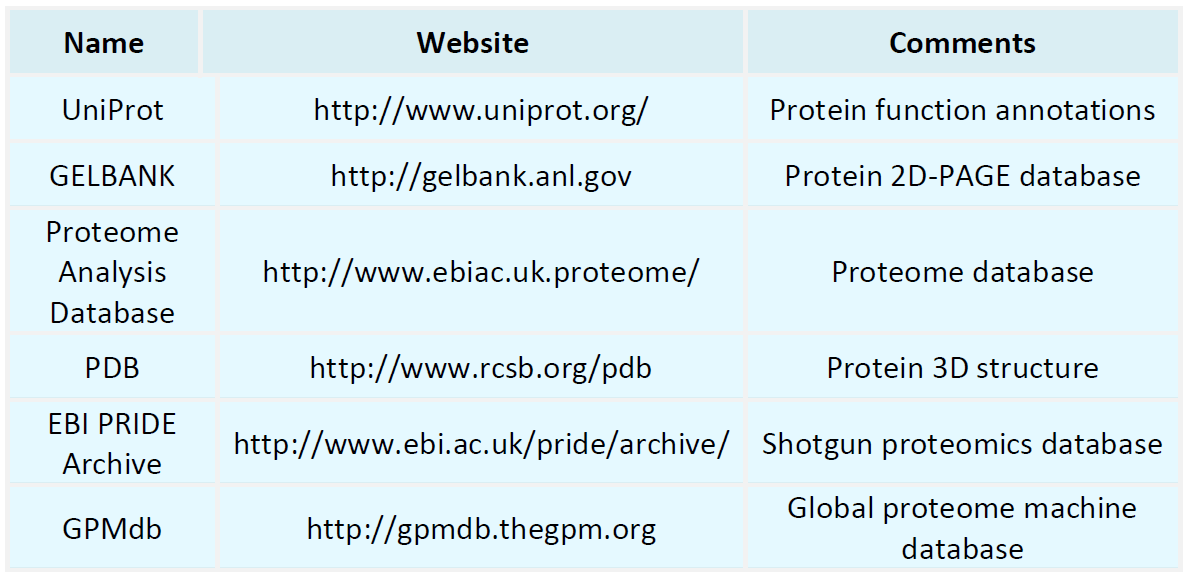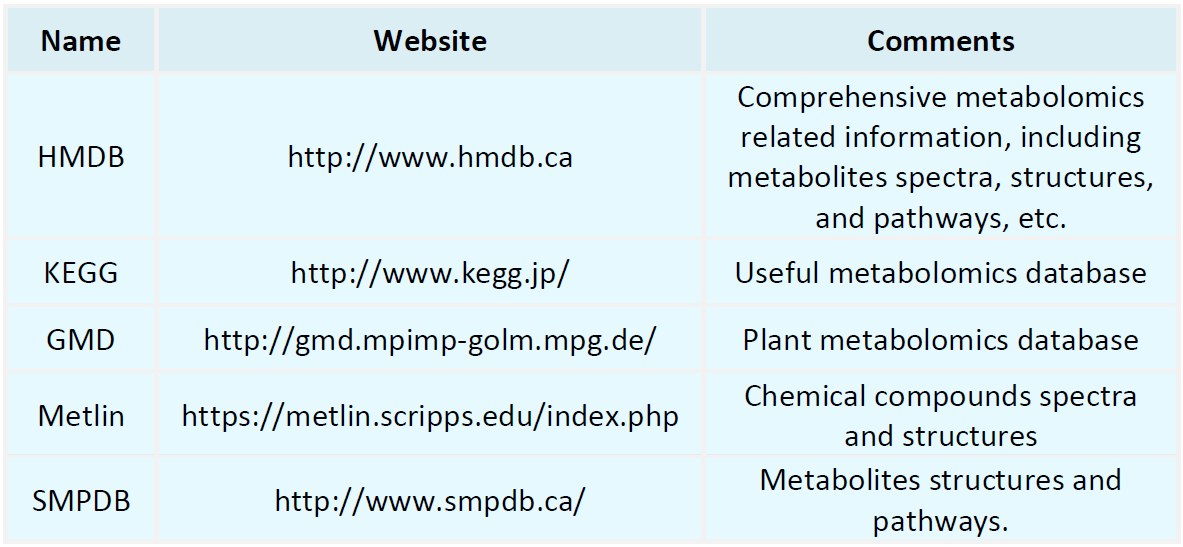Resources
Proteomics Databases

Metabolomics Databases

-
• How to Improve Data Quality and Reproducibility in Label-Free Proteomics?
Label-free Quantitative Proteomics (LFQ) has emerged as a widely adopted approach in biomedical research, owing to its straightforward sample preparation, broad applicability, and relatively low cost. However, challenges related to data quality and reproducibility remain major obstacles that limit the depth and reliability of LFQ applications. In this article, we systematically examine the key factors that influence LFQ data performance and present optimization strategies for each critical stage.......
-
• LC-MS-Based Label-Free Quantification: High-Throughput Protein Identification & Analysis
In life science research, accurately and comprehensively characterizing changes in protein expression is essential for understanding biological processes and disease mechanisms. Label-free quantitative proteomics (LFQ) is increasingly recognized as a valuable approach for protein quantification, offering advantages such as high flexibility, minimal sample requirements, and cost efficiency. As a core analytical platform, liquid chromatography–mass spectrometry (LC-MS) provides the high-throughput capacity...
-
• A Guide to Label-Free Quantitative Proteomics: From Experiment to Data Analysis
Label-Free Quantitative Proteomics (LFQ) has emerged as a critical tool in modern biomedical research. Its advantages—eliminating the need for isotopic labeling, simplifying sample preparation, and generating rich datasets—have led to its widespread application in studies of disease mechanisms, drug target identification, and biomarker discovery. By integrating high-resolution mass spectrometry with rigorous data analysis, LFQ enables systematic comparisons of protein expression levels across diverse ......
-
• A Complete Guide to Label-Free Quantitative Proteomics (LFQ) in Biomedical Research
In the post-genomic era, genetic information alone is insufficient to capture the dynamic regulation of biological processes. Proteins, as the primary effectors of gene function, directly reflect the functional state of cells. To comprehensively monitor protein expression dynamics, proteomics technologies have emerged. Among them, Label-Free Quantitative Proteomics (LFQ) stands out for its label-free nature, flexible sample handling, and scalability, making it widely applicable across biomedical research...
-
• Applications of LC-MS/MS in Label-Free Quantitative Proteomics
LC-MS/MS: A Foundational Technology for Label-Free Quantification Label-Free Quantification (LFQ) has emerged as one of the predominant strategies in modern proteomics, largely driven by advances in LC-MS/MS technology. LC-MS/MS integrates liquid chromatography (LC) and tandem mass spectrometry (MS/MS), where LC efficiently separates complex peptide mixtures, and MS/MS subsequently performs both qualitative identification and quantitative analysis. In LFQ, the signal intensity at the MS1 level—specifically
-
• Label-Free vs. Label-Based Quantitative Proteomics: Which One to Choose?
In proteomics research, the choice of quantitative strategy directly influences the resolution, reliability, and breadth of application of the experiment. Given the diversity of sample types and research objectives, researchers often face difficulties in deciding between Label-Free Quantitative Proteomics (Label-Free) and Label-Based Quantitative Proteomics (Labeling, such as TMT or iTRAQ). This article provides a comprehensive comparison of these two major approaches—examining their underlying principles..
-
• Label-Free Quantitative Proteomics (LFQ): Technology, Applications, and Advances
Introduction: Why Are More and More Researchers Choosing LFQ? In proteomics research, quantification goes beyond merely determining the presence or absence of proteins; it involves accurately characterizing changes in protein expression under varying physiological or pathological conditions. While traditional isotope labeling techniques such as TMT and iTRAQ offer high sensitivity, they are often limited by high costs and complex experimental workflows. In contrast, Label-Free Quantification (LFQ) has .....
-
• Revealing Protein Structure through Circular Dichroism Spectroscopy
Proteins play essential roles in living organisms, with their function intricately tied to their structure. Circular dichroism (CD) spectroscopy offers valuable insights into protein structures. Principles of Circular Dichroism (CD) Spectroscopy CD spectroscopy analyzes samples by measuring the optical rotation properties of light. When linearly polarized light encounters chiral molecules, its polarization direction rotates, creating an effect known as optical rotation. This property allows CD spec......
-
• How Does Circular Dichroism Reveal Protein Conformational Diversity
The function of a protein is closely related to its conformation, which is influenced by its secondary structure, folding state, and conformational changes. So, how does circular dichroism reveal the diversity of protein conformations? The Principle of Circular Dichroism Circular dichroism (CD) studies protein conformation by measuring its absorption of circularly polarized light. Circularly polarized light is a type of polarized light with a specific rotation direction, and when protein molecules a......
-
• What Are the Applications of Circular Dichroism in Protein Research
Circular dichroism (CD) leverages the optical rotation occurring when circularly polarized light interacts with chiral molecules to study their structures. As circularly polarized light passes through these molecules, the direction of light rotation changes—a phenomenon called optical rotation. CD measures differences in light absorption to produce signals that reveal structural characteristics of the sample. 1. Protein Structure Analysis CD provides insights into the secondary structures of protein......
How to order?







